How Many Vowel Sounds Are There In The American English Alphabet?
Searching “How many vowel sounds in English?” on Google can feel daunting, especially if you’re unsure. However, it’s essential to understand the difference between vowel sounds and letters to understand the English language better.
In this article, we will explore the total number of vowel sounds found in the American English alphabet and some of their variations.
The differences between American and UK English have been a long-standing debate among linguists.
One central point of contention is the number of vowel sounds between the two dialects. While American English has fifteen distinct vowel sounds, British English has twenty.
This discrepancy can be attributed mainly to historical influences on the two languages, particularly their divergence from Old and Middle English centuries ago.
In particular, British dialects underwent a process called Great Vowel Shift that altered many of its vowels into different ones compared with those used in American speech today.
| Vowel Sounds | |
| US English | 15 |
| UK English | 20 |
Additionally, while US pronunciation has remained relatively consistent since then, UK dialects have continued to evolve and influence how words are pronounced in modern-day Britain.
| 26 Letters
A B C D E F G H I J K L M N O P Q R S T U V W X Y Z. B, C, D, F, G, H, J, K, L, M, N, P, Q, R, S, T, V, W, X, Y, Z. 5 Vowels – A, E, I, O, U. 2 Semi Vowels – W, Y. Lower Case (Small) Letters: a, b, c, d, e, f, g, h, i, j, k, l, m, n, o, p, q, r, s, t, u, v, w, x, y, z. Upper Case (Capital) Letters: A, B, C, D, E, F, G, H, I, J, K, L, M, N, O, P, Q, R, S, T, U, V, W, X, Y, Z. |
What are Vowel Sounds?
15 Vowel Sounds In US English
- /i:/ – eat, bead, bee
- /ɪ/ – id, bid, pit
- /eɪ/ – eight, wade, bay
- /ɛ/ – bet, fed
- /æ/ – ask, bat, glad
- /ʌ/ – under, putt, bud
- /ɑ:/ – cot, bomb
- /u:/ – boot, two, tube
- /ʊ/ – foot, should, put
- /oʊ/ – oat, own, zone, blow
- /ɔ/ – caught, paw, port
- /ɚ/ – merge, bird, further
- /aɪ/ – ice, bite, tie
- /aʊ/ – out, gown, plow
- /oɪ/ – oyster, coil, boy.
20 Vowel Sounds In Uk English
|
6 Short Vowels
5 Long Vowels
3 R-Controlled Vowels
5 Other Vowels
1 Unstressed Vowel
Note:- Same Colour indicates same Sounds. |
Unlock the Philosophy Behind American Values: A Color Vowel Chart
The Color Vowel Chart is an innovative tool that helps teachers and students learn English pronunciation. The Chart uses color coding to represent different vowel sounds, allowing for more straightforward pronunciation and intonation practice.
Combined with the teaching techniques outlined here, it can help unlock the philosophy behind American values – a concept often difficult for non-native English speakers to grasp.
Using the Color Vowel Chart in your teaching, you can explain how certain vowels are pronounced differently in different contexts.
You’ll also be able to demonstrate how specific accents can add nuance and meaning when speaking English. By helping students understand these concepts better, they will gain a deeper appreciation of American culture and language.
With this knowledge comes a better understanding of what Americans value most, such as freedom of speech, creativity, innovation, and diversity.
Discover the Easiest Method for Proficiently Learning Vowels
Discover the Easiest Method for Proficiently Learning Vowels. Learning to pronounce and spell vowels correctly is a fundamental literacy skill every student must master, but it can be difficult and frustrating for some learners.
Teaching students how to accurately identify, recognize, and produce the English language’s five vowel sounds (a, e, i, o, u) doesn’t have to be daunting.
The easiest way to proficiently teach vowels is through multisensory activities like those found in games like “Pronounce It! Vowel Edition” developed by Education Oasis.
This game combines visual stimulation with auditory feedback that challenges players of all ages and educational levels to develop their vowel knowledge enjoyably.
This interactive game works well with large groups and one-on-one instruction.
Discover the Importance of Vowel Sounds
Vowel sounds are a critical part of language and communication. With them, words would become distinct, making understanding what is being said or written easier.
For example, without the vowel sound “a” in the word ‘cat,’ it would not be possible to differentiate between this word and ‘cut.’
Vowel sounds are also essential for proper pronunciation of words; with them, the sound of each word would be changed significantly and thus create clarity among listeners.
Not only do vowel sounds aid in understanding spoken language more clearly, but they can also provide certain clues about words in a written form.
Conclusion Point
The English alphabet may only consist of 26 letters, but the debate over how many distinct vowel sounds exist within these two main dialects has continued for centuries.
How many vowels sound in English? In American English, linguists have identified 15 distinct vowel sounds, while British English is said to contain anywhere from 12 to 20 separate vowel phonemes.
This contention between the two dialects has caused much confusion and misunderstanding among those who need to be better versed in phonology.
The difference between the number of vowels can be attributed to various factors, including historical origin, use of accents and intonation, and dialectal variation across different geographical regions.
American English generally contains more diphthongs than British English since native speakers tend to elongate their vowels rather than reduce them into monophthongs.
FAQs+
The English language is complex, with many intricacies and nuances that can be difficult to navigate. One of the most common questions English learners ask is how many vowel sounds are in the American English alphabet.
This article will provide an in-depth look at this question and its related FAQs+ and offer helpful tips for mastering the vowel sounds of the American English alphabet.
Question – What is the difference between vowel and consonant sounds in English?
Answer: In English phonology, the distinction between vowels and consonants is one of the most fundamental facets of speech.
Vowel sounds are typically characterized by an open articulation in which the breath passes through without obstruction; consonant sounds, conversely, involve a narrowing or closure of the airway at some point during expression.
Question – What are the vowel sounds in “cat”?
Answer: The vocalic sounds present in the lexeme “cat” are composed of three phonemes, namely an open front unrounded vowel /æ/, a close-mid back unrounded vowel /ɑː/, and a near-close near-front unrounded vowel /ɪ/.
The articulation of the first segment is characterized by a lowered larynx, the second with a more neutral laryngeal position, and the third with an elevated larynx.
Question – How to make vowel sounds in English?
Answer: Vowel sounds in English can be produced through the vocal tract by allowing air to pass from the lungs and vibrate at various frequencies depending on the position of the articulators.
Specifically, these articulators include the lips, teeth, and tongue, which interact to form an oral cavity that shapes the sound waves resonating within it.
Question – What is the difference between a “y” and an “ie”?
Answer: The difference between a “y” and an “ie” is a matter of linguistic morphology.
The former is a character typically used to indicate the presence of a consonant following an unstressed syllable. At the same time, the latter is a sound-symbol combination that denotes the suffixation of the diphthong “-ie,” to certain morpheme forms.
Question – How do I learn to make the different vowel sounds in English?
Answer: To acquire a proficient understanding of the vowel sounds embedded within the English language, one must engage in a comprehensive and systematic approach to phonetics. This would necessitate focusing on both the articulatory and acoustic aspects of the vowels.
Practicing vocal exercises such as tongue twisters can be beneficial when attempting to master the various vowel qualities.
Furthermore, it is recommended that individuals familiarise themselves with auditory examples of each vowel sound and attempt to mimic them through practice sessions.
Question – What resources can help me learn how to make the different vowel sounds in English?
Answer: Phonemic awareness activities are one of the primary resources for learning how to produce the various vowel sounds in English.
These activities often involve becoming familiar with the International Phonetic Alphabet (IPA) and using it to represent each vowel sound.
Additionally, various multimedia resources are available that provide visual and auditory components to help learners become more aware of the nuances associated with each vowel sound.

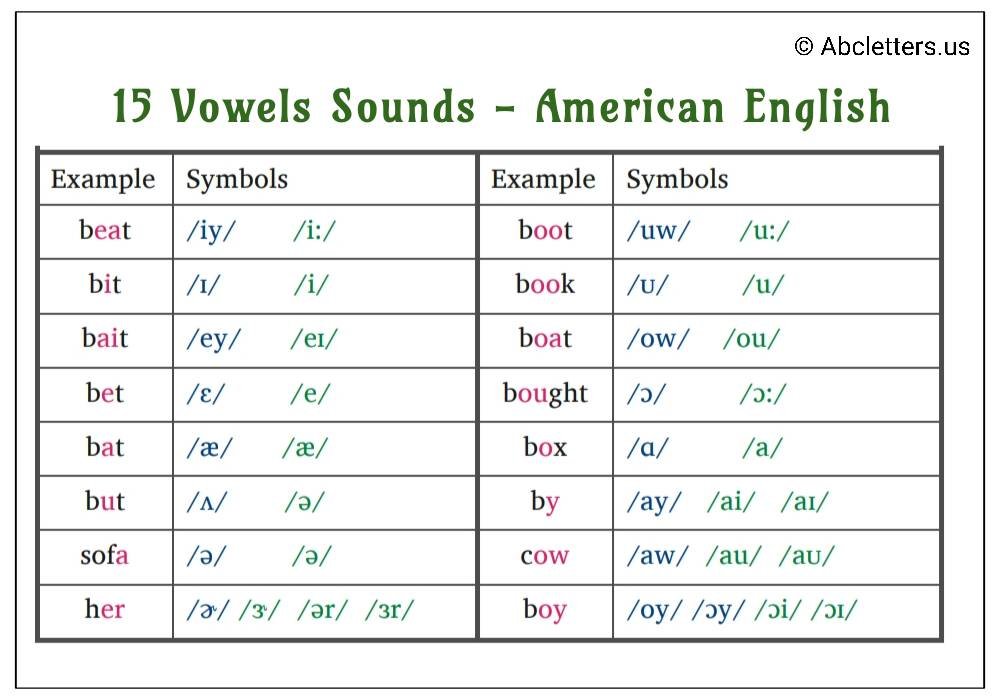
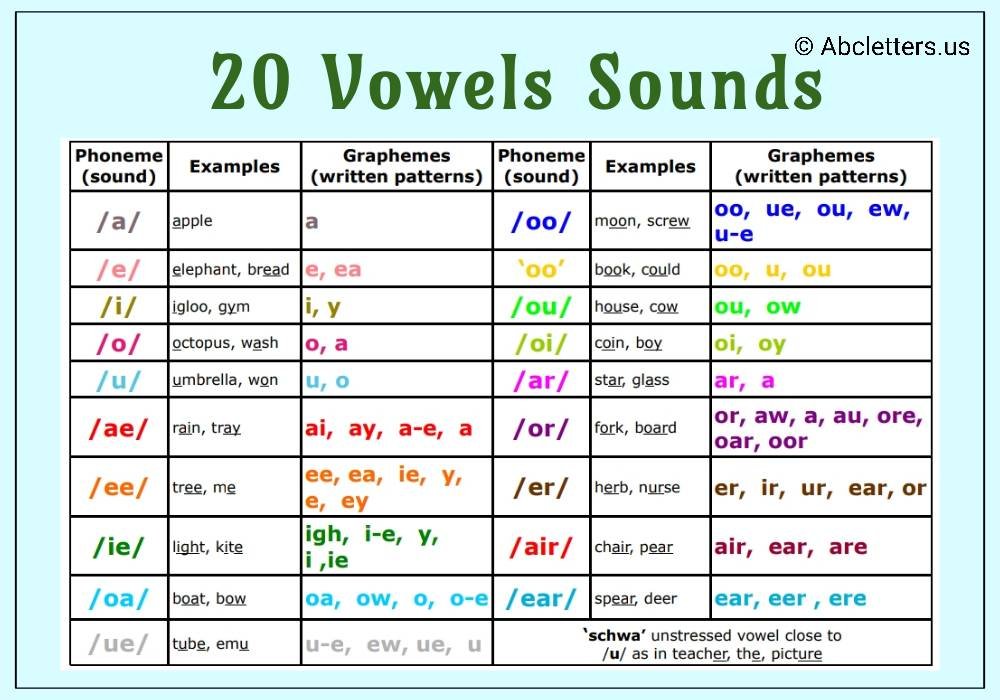
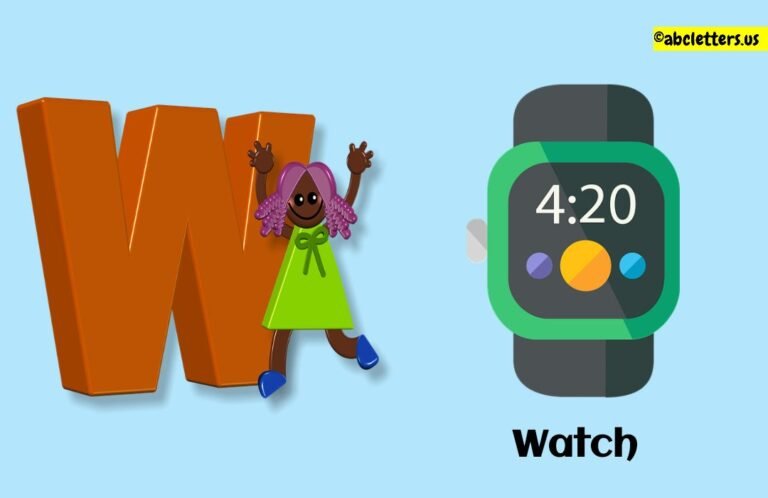



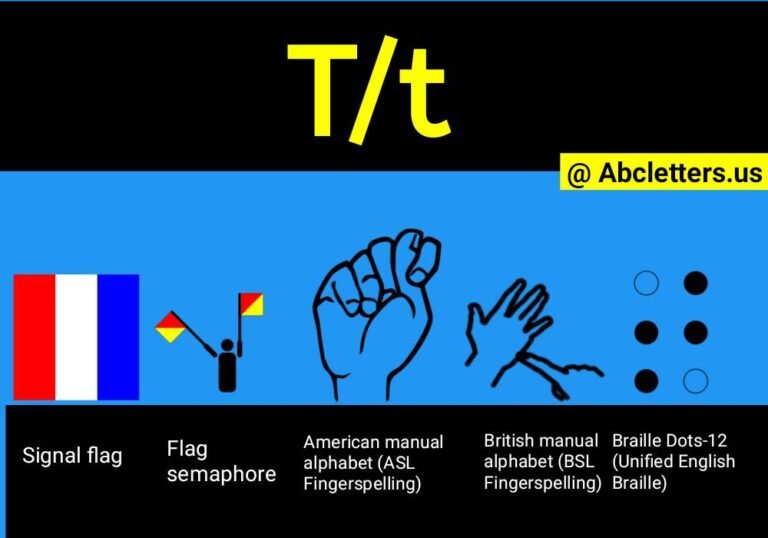
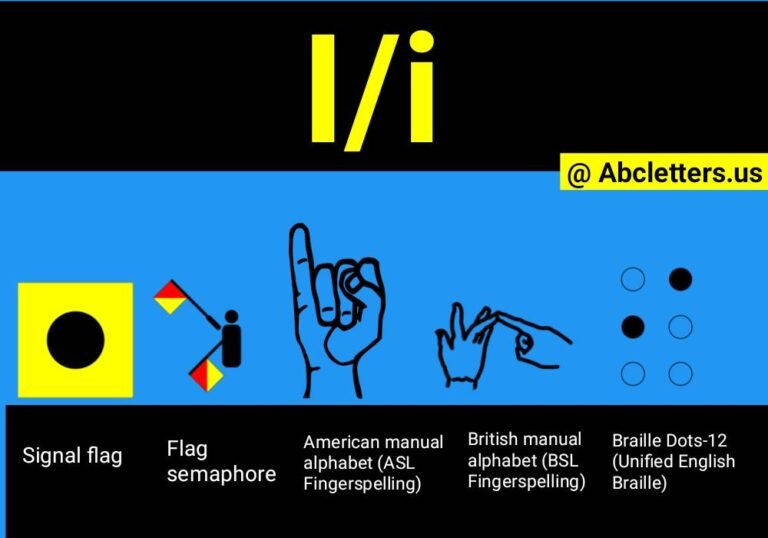
Thanks for your blog, nice to read. Do not stop.